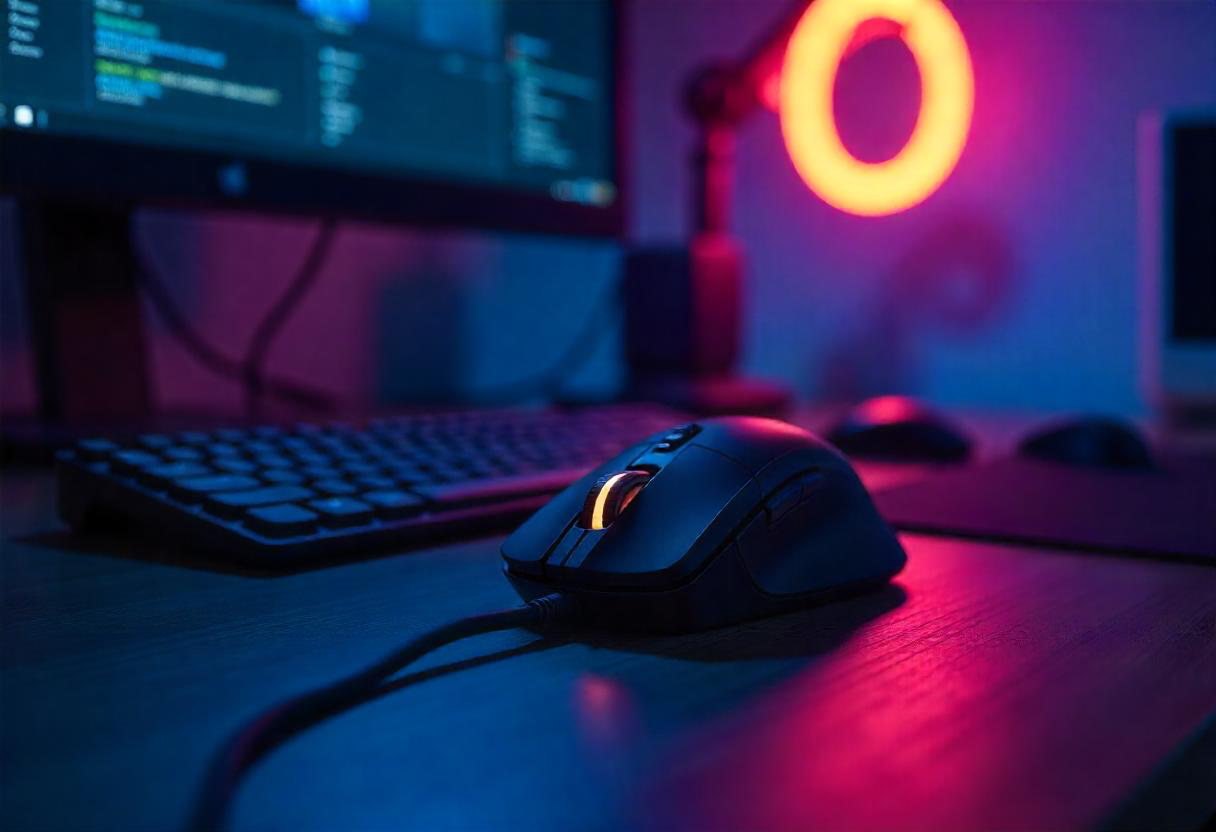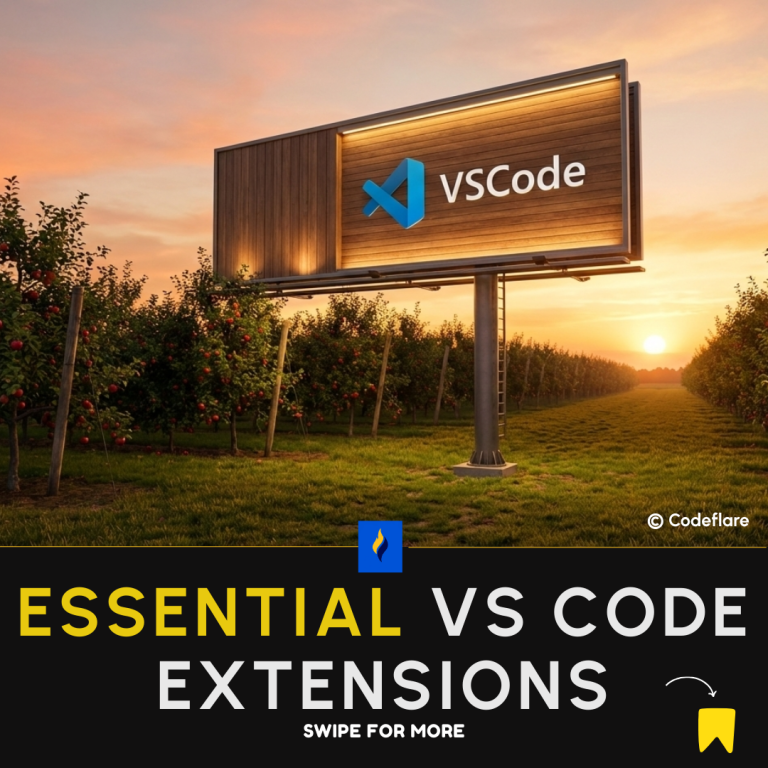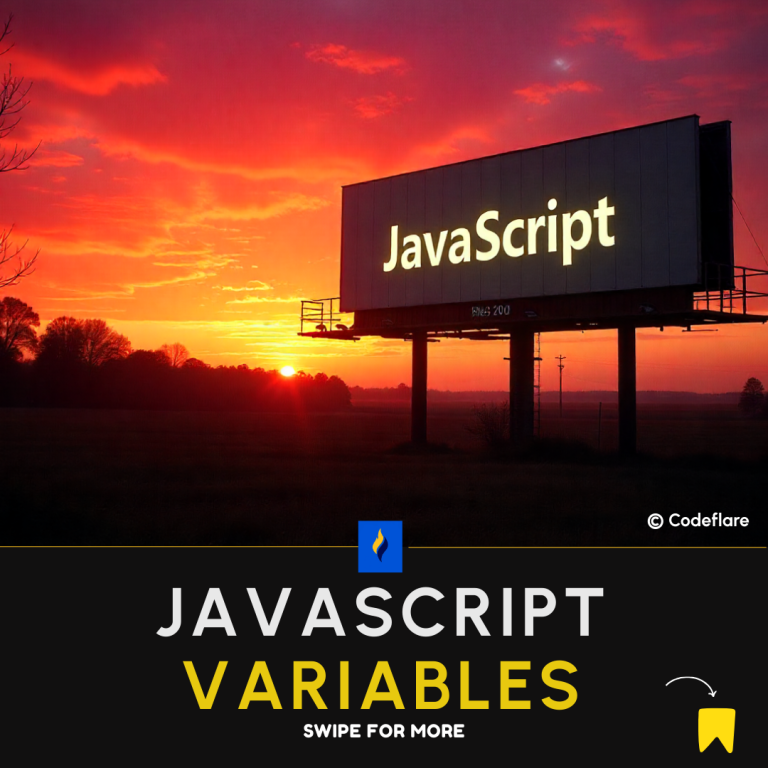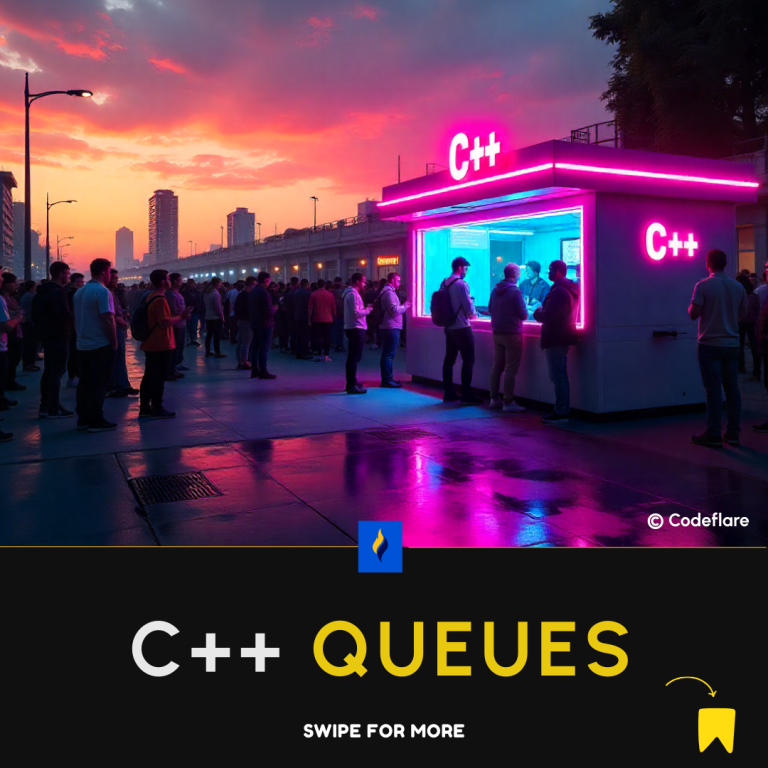
If you’ve ever built an interactive web application, you may have encountered a puzzling issue: your click event fires twice when you only expected it to trigger once. This common JavaScript behavior is caused by event bubbling and capturing, two fundamental concepts in the DOM event flow.
In this article, we’ll explain:
✔ What event bubbling and capturing are
✔ Why your event listeners might execute multiple times
✔ How to control event propagation
✔ Best practices for handling events efficiently
And if you’re looking to master JavaScript and front-end development, consider enrolling in software development training in Abuja to sharpen your skills.
Understanding Event Bubbling and Capturing
When an event (like a click) happens on a DOM element, it doesn’t just trigger on that single element—it propagates through the DOM in three phases:
- Capturing Phase – The event travels from the
windowdown to the target element. - Target Phase – The event reaches the clicked element.
- Bubbling Phase – The event bubbles back up to the
window.
By default, event listeners run in the bubbling phase, which can lead to unexpected behavior if you’re not careful.
Why Your Click Listener Fires Twice
If your event handler executes twice, it’s likely because:
- You added the same listener twice (e.g., via
addEventListenerin multiple places). - The event bubbles up and triggers a parent listener (if
stopPropagation()isn’t used). - You’re using both
captureandbubblephases without realizing it.
Example: Nested Elements Triggering Multiple Events
<div id="parent">
<button id="child">Click Me</button>
</div>
<script>
const parent = document.getElementById("parent");
const child = document.getElementById("child");
parent.addEventListener("click", () => console.log("Parent clicked"));
child.addEventListener("click", () => console.log("Child clicked"));
</script>
Clicking the button logs:
- “Child clicked” (target phase)
- “Parent clicked” (bubbling phase)
How to Fix Double Event Execution
1. Use event.stopPropagation()
Prevents the event from bubbling up:
child.addEventListener("click", (e) => {
e.stopPropagation();
console.log("Child clicked (no bubbling)");
});2. Set { once: true }
Ensures the listener runs only once:
child.addEventListener("click", () => {
console.log("This runs once");
}, { once: true });3. Check event.target vs. event.currentTarget
Avoid duplicate triggers by verifying the exact clicked element:
parent.addEventListener("click", (e) => {
if (e.target === e.currentTarget) {
console.log("Only parent, not children");
}
});Best Practices for Event Handling
✔ Prefer event delegation (attach one listener to a parent instead of multiple children).
✔ Use stopPropagation() cautiously (breaking event flow can affect other listeners).
✔ Clean up listeners with removeEventListener (prevents memory leaks).
Want to Master JavaScript? Join Software Development Training in Abuja!
If you’re serious about becoming a pro web developer, structured training can fast-track your learning. Software development training in Abuja offers hands-on courses in:
- JavaScript & DOM manipulation
- React, Angular, and Vue.js
- Backend development (Node.js, Python, PHP)
- Debugging and performance optimization
Enroll today to build real-world apps and avoid common pitfalls like double event triggers!
Final Thoughts
Understanding event bubbling and capturing is crucial for debugging interactive web apps. If your click listeners fire unexpectedly, check for duplicate bindings or propagation issues.
For more JavaScript tutorials and software development training in Abuja, follow our blog or contact us for course details!

Latest tech news and coding tips.



